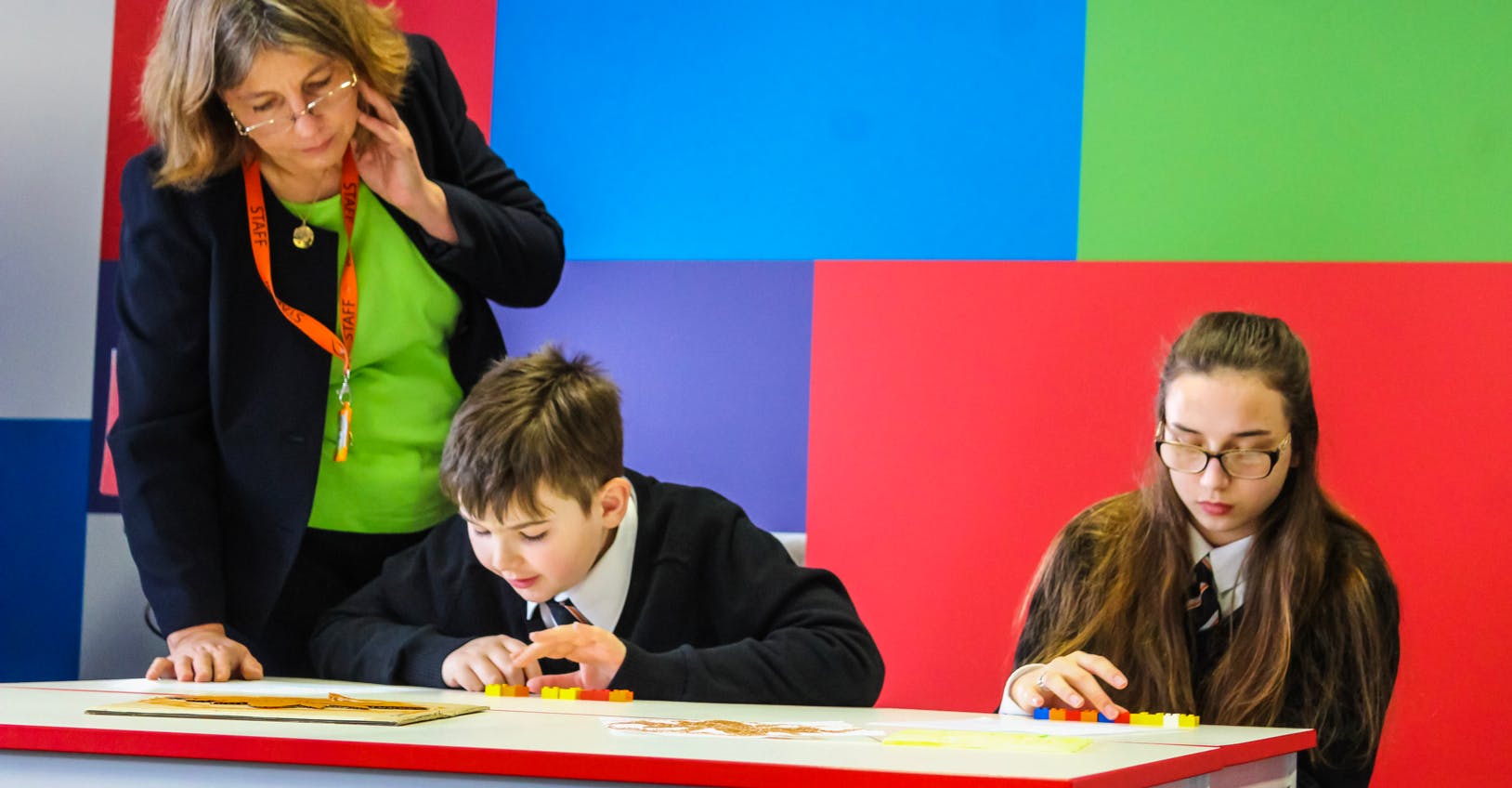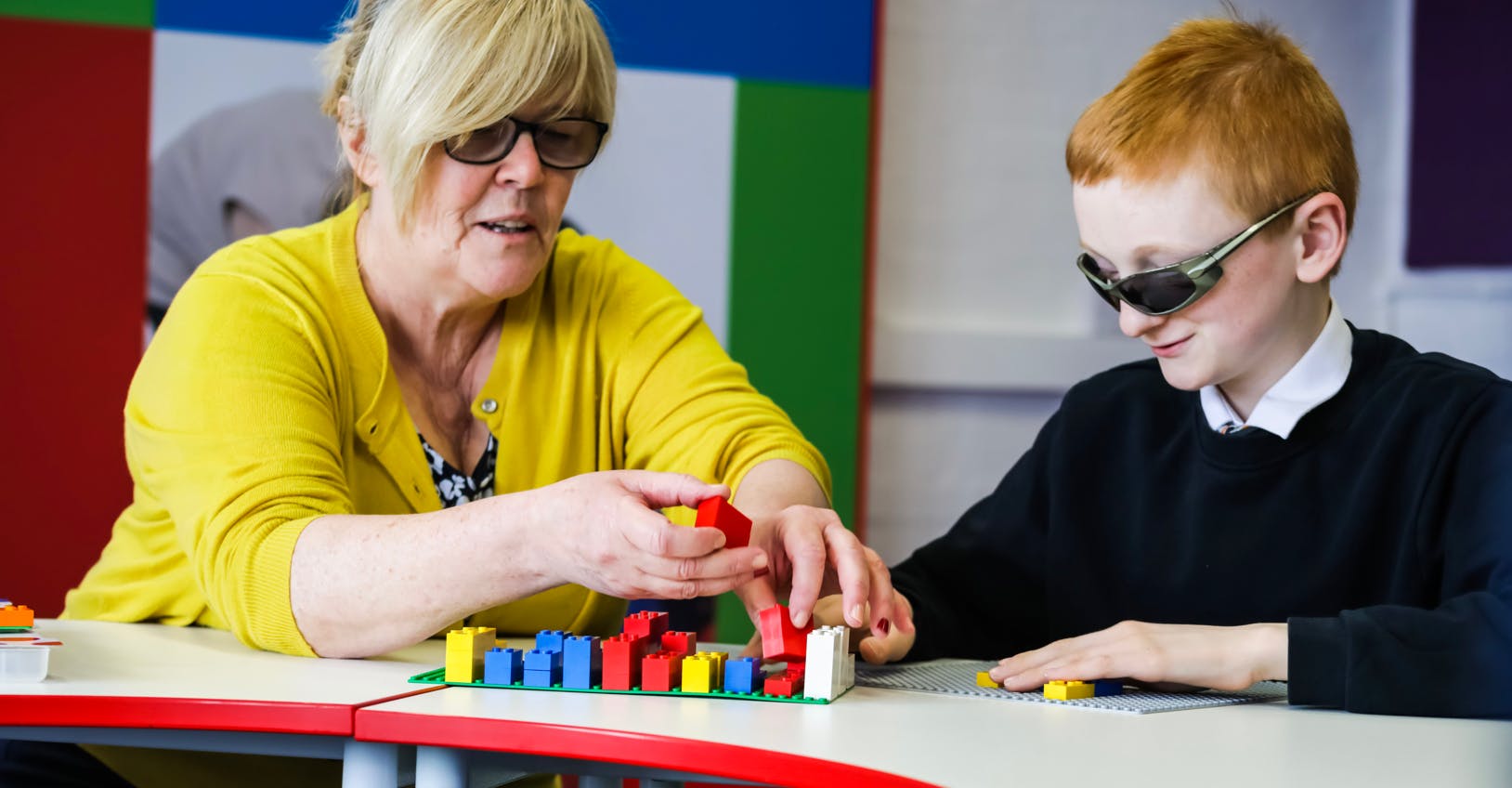Facilitating activities for visually impaired children

Inclusion of children in learning activities is crucial. Specialized adaption of activities for individuals with visual impairment promotes successful education.
Good facilitation tips also apply to playful learning activities for a child with visual impairment.
However, low vision or blindness can affect a child’s social skills, because non-verbal communication is challenging. The inability to see gestures or facial expressions must be taken into consideration in the planning and development of learning activities.
It’s important for a child with blindness or low vision to understand the specifics of play, i.e., the characteristics of the play area, who is involved and what each participant is doing.
Assistance from educators may be necessary to promote positive social interaction between sighted and non sighted peers.

Facilitation tips:
When you speak to children, call them by their first name, to ensure that they understand the communication is directed to them.
Call other children in the room by their first names as well, so that all children can associate names with voices.
When referring to objects you are using or talking about, describe details and attributes, such as shape, weight, texture, size and location.
Descriptive sentences and spatial vocabulary foster understanding of position and direction, such as up, down, behind…
Avoid words and phrases such as "here" and "there". Avoid pointing to indicate a direction.
Use precise verbal description of gestures and activities, for example: "Place the brick in the tray" instead of "Place the brick there”.
Don’t avoid using words like "see" and "look". These words should be part of a blind or visually impaired student's vocabulary. They evoke how everyone sees, whether through touch, comparison, or imagination.
Encourage active participation and communication between all members in groups. This allows the blind or visually impaired child to be as active as their peers and gain information not visually perceived.
Develop and build oral communication skills to let children express ideas and experiences. It allows them to make and justify personal opinions, hypotheses and choices.